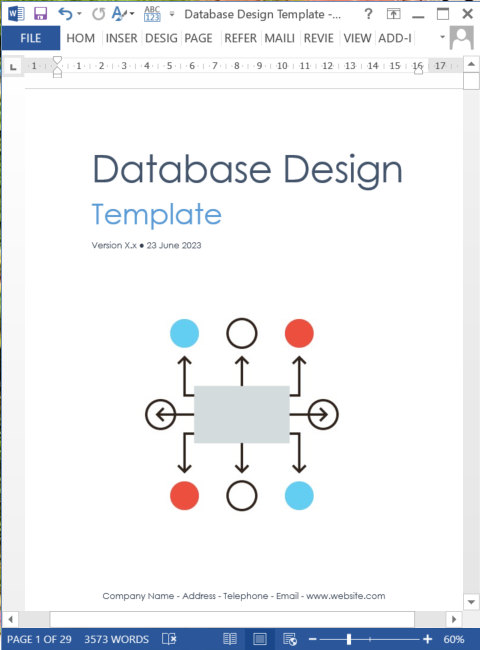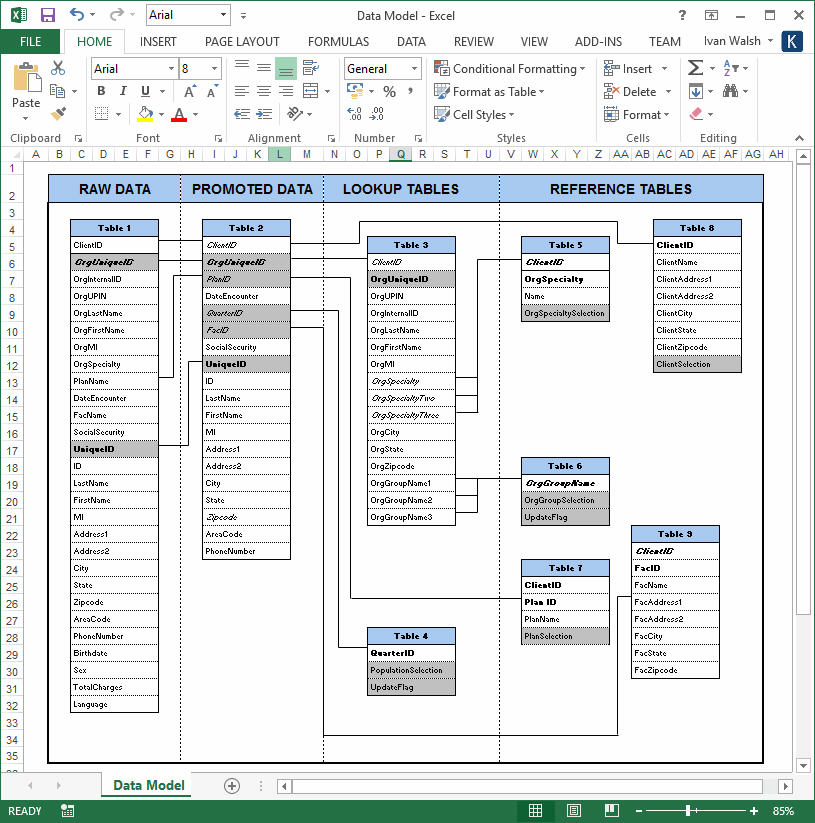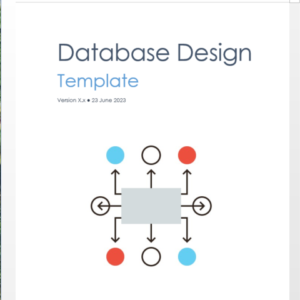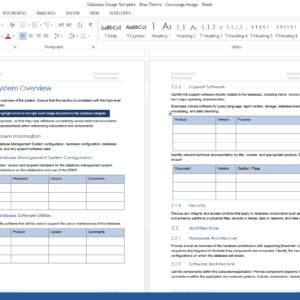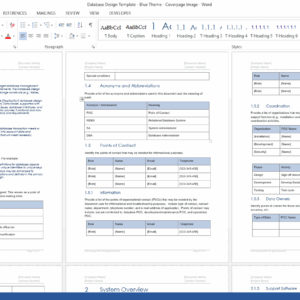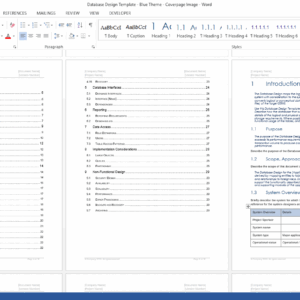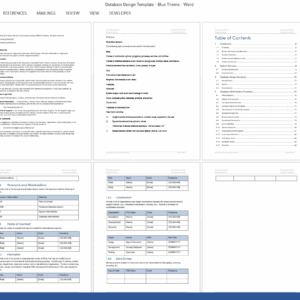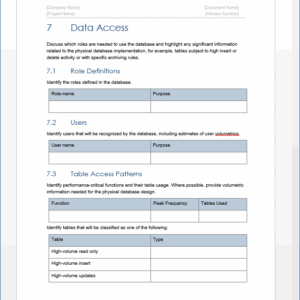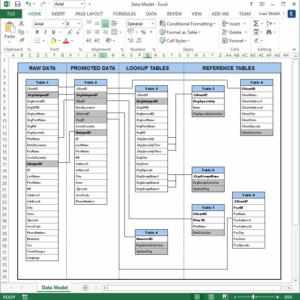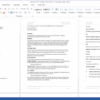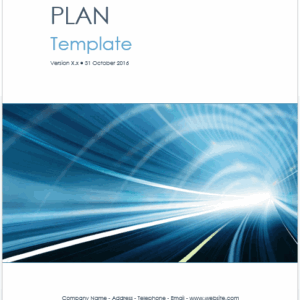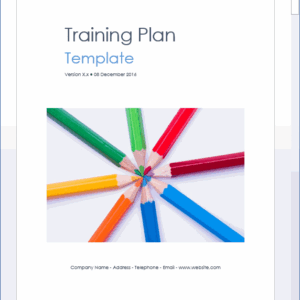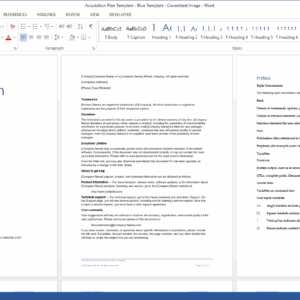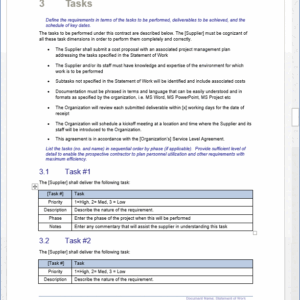Database Design Document template (SDLC)
$4.99
Use this Database Design Document template to map the logical data model to the target database management system with consideration to the system’s performance requirements.
Use this Database Design Document template to map the logical data model to the target database management system with consideration to the system’s performance requirements.
Download this Database Design template to:
- Define the basis for the application’s database design.
- Provide expected data volumes, functional/non-functional usage of tables.
- Ensure database transactions meets or exceed performance requirements.
Table of Contents
This Database Design Document template includes the following chapters, sections and sample text.
1 Introduction
1.1 Purpose
1.2 Scope, Approach and Methods
1.3 System Overview
1.4 Acronyms and Abbreviations
1.5 Points of Contact
1.5.1 Information
1.5.2 Coordination
1.5.3 Data Owners
2 System Overview
2.1 System Information
2.1.1 Database Management System Configuration
2.1.2 Database Software Utilities
2.1.3 Support Software
2.1.4 Security
2.2 Architecture
2.2.1 Hardware Architecture
2.2.2 Software Architecture
2.2.3 Interfaces
2.2.4 Datastores
3 Database Design Decisions
3.1 Assumptions
3.2 Issues
3.3 Constraints
4 Database Administrative Functions
4.1 Responsibility
4.2 Naming Conventions
4.3 Database Identification
4.4 Systems Using the Database
4.5 Relationship to Other Databases
4.6 Schema Information
4.6.1 Description
4.6.2 Physical Design
4.6.3 Physical Structure
4.7 Special Instructions
4.8 Standards Deviations
4.9 Entity Mapping
4.9.1 Mapping rules
4.9.2 Entities and Attributes Not Implemented
4.9.3 Non-trivial Mapping
4.9.4 Additional Objects
4.9.5 Key mappings
4.9.6 Other Deviations
4.10 Denormalisation
4.11 Performance Improvement
4.12 Functional Support
4.13 Historical Data
4.14 Business Rules
4.15 Storage
4.16 Recovery
5 Database Interfaces
5.1 Database Interfaces
5.1.1 Operational Implications
5.1.2 Data Transfer Requirements
5.1.3 Data Formats
5.2 Interface [Name] 5.3 Dependencies
6 Reporting
6.1 Reporting Requirements
6.2 Design issues
7 Data Access
7.1 Role Definitions
7.2 Users
7.3 Table Access Patterns
8 Implementation Considerations
8.1 Large Objects
8.2 Queues
8.3 Partitioning
9 Non-Functional Design
9.1 Security Design
9.2 Availability
9.3 Scaleability
9.4 Performance
9.5 Error Processing
9.6 Backups and Recovery
9.7 Archiving
Product Specifications
The templates in this Database Design Document are in Microsoft Word and Excel format (.doc & .xls).
The template pack includes the following documents:
- 2 x Database Design Document templates 26 pages each
- 1 x Data Model spreadsheet
Related products
Deployment Phase
Operations Phase
Planning Phase
Design Phase
Deployment Phase
Deployment Phase
Design Phase
Design Phase

